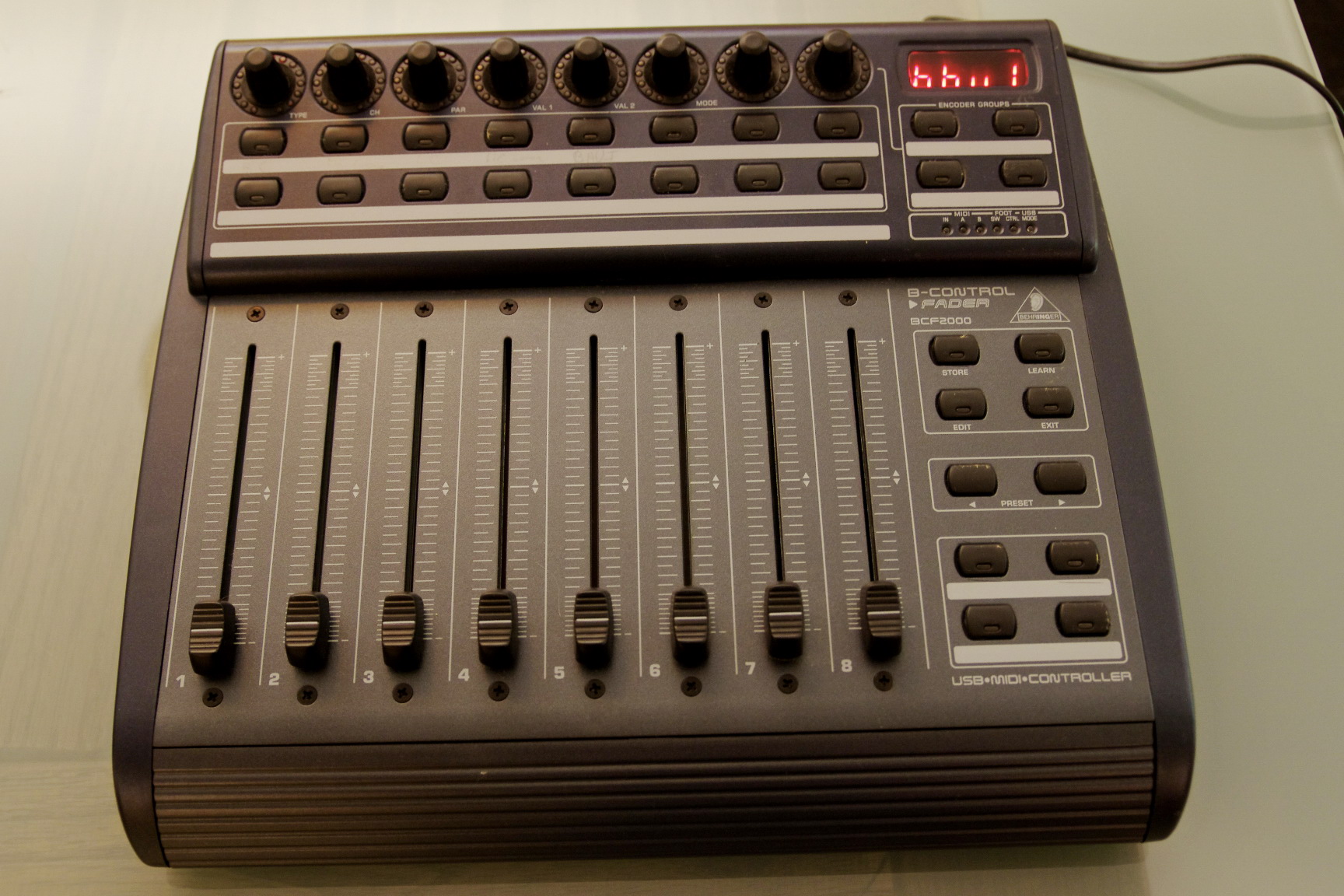
Select the box in the On column to enable the control surface. In the same MIDI Control Surface row, click under Output Device and select the same MIDI control surface. In one of the MIDI Control Surface rows, click under Input Device and select a connected MIDI control surface from the drop menu.


Open the LUNA Sidebar by clicking the UA diamond logo on the left of the screen, and clicking Settings, or choose LUNA > Preferences from the app menu. To set up your control surfaces with LUNA
Controllermate fader controls software#
Refer to your control surface’s documentation for specific details.įor specific configuration steps and known issues for supported control surfaces, see this article.Īny required software and device firmware for your control surface should be installed and up to date. A USB control surface typically only requires that it is connected and powered on, while a virtual control surface might require more extensive configuration. Setting up your MCU Control Surface with LUNAĬonnect your control surfaces to your computer, and make sure they are recognized or configured as required. It is assumed that when you disable Show Main Track, you are using a control surface that includes a dedicated Main Track fader. Note: When you have enabled a focus module, and Show Main Track is off, when you select the Main track it does not appear on the focus module. Only one focus module can be defined at a time. When a bus is spilled, the focus module switches to show the bus channel, regardless of the selected channel. The focus module maintains this channel, even as you bank or navigate channel-by-channel through tracks on another control surface. When a bus is not spilled, the focus module shows the focus channel (the most recently selected channel). When you define a single-fader control surface in LUNA control surface settings, that control surface should be automatically configured as a focus module.Ī focus module has the following features:įunctions as a separate control surface from additional surface modules, which is isolated from channel banking and nudging, ensuring that the selected track always remains assigned to your designated control surface. Consult your control surface’s documentation for operating instructions that are specific to the device.Ī focus module allows you to always have the track or bus you are working with at your fingertips, while one or more other control surfaces with more channels work seamlessly alongside the focus module to provide deeper mix control capabilities. Your MCU control surface might not have all of these functions, and some functions might be accessed with secondary/modifier keys on the control surface. Note: This documentation describes LUNA’s functions with mixing control surfaces that use the MCU protocol. A focus module controls the most recently selected (focused) track, or a bus track when a bus is spilled. Focus module mode allows single fader surfaces to better integrate with additional control surfaces. LUNA automatically recognizes the most popular single fader control surfaces, and configures them in focus module mode. In addition, LUNA includes a special control mode for a single fader control surface, such as the Presonus Faderport.

When you connect multiple multi-fader control surfaces, they present as one large fader set, so banking and navigating through tracks works across all control surfaces. You can configure up to six control surfaces in LUNA settings. LUNA supports MCU-compatible (Mackie Control Universal-compatible) MIDI control surface devices for externally adjusting LUNA’s functions.



 0 kommentar(er)
0 kommentar(er)
